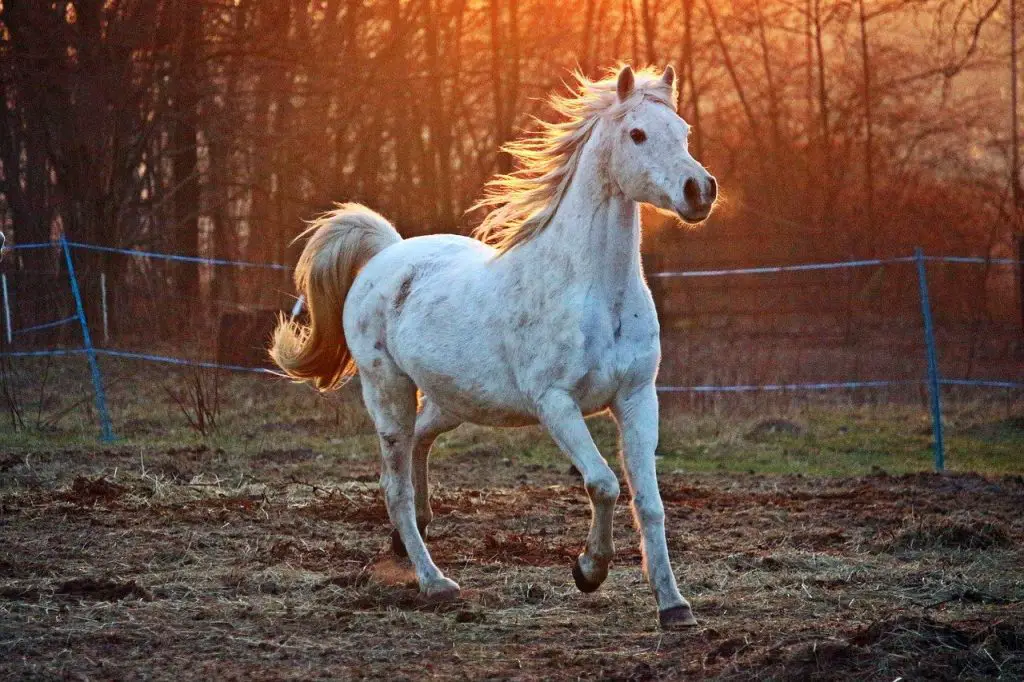Last Updated on February 21, 2022 by Allison Price
Thoroughbreds are known for their coat colors. They can be found with gray horses, chestnuts and bays as well as dark brown horses and dark brown horses. Horses with a mostly or completely white coat are less common. There have never been many white Thoroughbreds in history. Many people mistakenly believe that horses with this color cannot be registered with The Jockey Club.
Horses of Thoroughbred breeding can be registered if they have mostly or completely white coats. Truly white horses are rare. Most have some darker hairs, which was common in the past. Gray horses are often black when they are young, but will gradually turn from steel gray to light grey to almost pure white with age. Roan color includes a mixture of dark and light colored hairs.

The first white Thoroughbred White Beauty was registered by The Jockey Club at Lexington’s Patchen Wilkes Farm. The farm has also produced many other white Thoroughbred foals, in addition to more traditional-colored youngsters. These foals often had small amounts of chestnut coloring, which covered their ears and poll in a “medicine cap” pattern.
In the 1960s genetic research showed that these horses weren’t albinos. They were not the result of accidental matings with non Thoroughbred sires. However, no explanation was given as to how the unusual coloring came about. There were two possible explanations: the sire and dam could have carried rare recessive genetics, or there might have been an environmental factor that caused the mutation.
Genetic analysis has provided answers to questions about coat color that were not possible before White Beauty was born. Samantha Brooks, Ph.D. assistant professor of equine genomics at Cornell University, believes that the white or almost white color is due to spontaneous mutations in a gene called KIT. These mutations can result in a variety of coat colors, including pure white or predominantly white with some brown patches and ticking. There are about 20 known mutations in this gene. Some of these are dominant and affected horses can pass the color to their offspring if they are mated with a horse of another color.
Although their striking appearance attracts a lot attention, they are not very successful as racing horses. One white Thoroughbred, Silver, has been drafted to film as a part of the Lone Ranger’s Horse.


